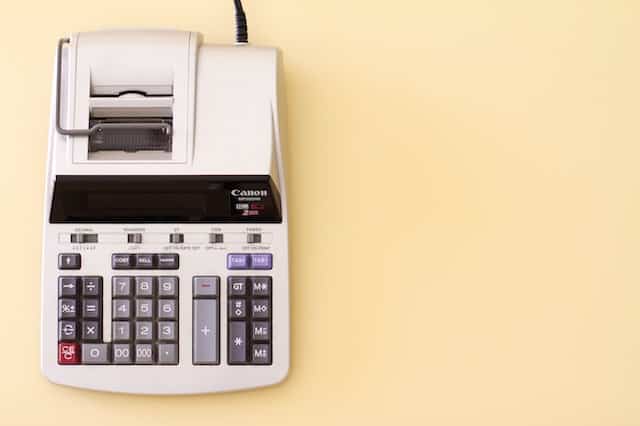First published: 31 December 2020 @ 7:08 pm
The Property Tax in the Philippines is one of the sources of revenue of the government. The government collects Property Tax from each and every individual who owns a residential house or lot, commercial building or any other type of land properties.
The government collects Property Tax from the owners of land properties in order to provide financial assistance to the local government.
What is Property Tax?
The concept of Property Tax in the Philippines is not new. In fact, it is one of the oldest forms of property taxation that has been used by many countries all over the world. It has been used in different countries for many years and in different periods of time.
In some countries, like Philippines, Property Tax became a source for revenue for the government since 1980s. But in other countries, it was used as a source for revenue since 19th Century.
The Philippines has adopted this type of tax system since 1960s up to date. This tax is imposed on individual who owns a land property or house which serves as their residence or primary place where they live.
The houses are classified according to its value or price – Low Value House (LVH), Medium Value House (MVH) and High Value House (HVH). The value will determine how much annual Property tax will be imposed on them.
What are the Types of Property Tax?
In order for you to understand better how Property Tax works in different countries and how it will affect your property, it is good to know first what are its types and how much they cost:
General Property Tax
This is the most common type of property tax. The government imposes this on the owners of the land or house which serves as their residence (primary place where they live).
Depending on how much their house value, they will pay different amount of tax every year. If their house value is low, then they will pay lower amount of tax per year.
But in case it is high, they will need to pay higher amount of tax annually.

Capital Gains Tax
The government imposes this type of property tax on people who have sold their properties and bought other properties (if you buy a new property and sell it after some time).
According to this type of taxation, you have to pay an amount that will be equivalent to the difference between what you have sold your previous property for and what you have bought your new property for.
If we use the example provided by the Philippines government, we can see how much Capital Gains Tax a person must pay if he has sold his old property valued at Php5 million and has bought another property valued at Php7 million.
Php2 million (difference in value) x 5% = Php100,000 (the amount that citizen must pay)
Registration Fee
Similar to Capital Gains Tax, the government also imposes this type of Property Tax on people who have sold their properties and bought other properties. But unlike Capital Gains Tax, this one does not require you to compare your old and new property’s value.
It only requires you to pay a fixed fee for every transaction you make involving your properties.
An inheritance or Death Tax
In case a person has died leaving behind his/her assets like properties or any other types of wealth like cash or stocks and bonds, then his/her relatives must pay an inheritance tax on such assets when he/she passes away or dies.
The requirement for this type of taxation varies from country to country depending on each government’s collection policy on Inheritance or Death taxes.
How Much is the Property Tax in the Philippines?
Are you planning to buy a new property or build a house? Maybe you are planning to sell your old property and buy a new one.
If you are, then it is good for you to know how much the Property Tax in the Philippines is. This will help you determine if it is worth selling your house and buying a new one or if it is better for you to just keep your old house.
If we check on the official website of the Bureau of Internal Revenue (BIR), then we will see that there are two types of properties that charge along with Property Tax: Low-Value House and High-Value House.
But according to Philippine Government, these two categories of houses are classified differently from each other:

LVH – Low-Value House
Any residential property valued at Php1 million or lower will be classified as LVH. The annual tax imposed on each LVH owner will be Php10,000 (Php1 million x 1% = Php10,000) MVH – Medium Value House – Any residential property valued at Php1 million to Php2 million will be classified as MVH.
The annual tax imposed on each MVH owner will be Php10,000 + Php50,000 (Php2 million x 1% = Php50,000)
HVH – High-Value House
Any residential property valued at Php2 million or higher will be classified as HVH.
The annual tax imposed on each HVH owner will be Php10,000 + Php100,000 (Php2 million x 1% = 100,000). In order for you to know how much the Property Tax in the Philippines is this year, you can check the official website of BIR.
Property Tax is More Than Important
The government receives a large amount of money from the property tax. They then use this money to pay for all the expenditures and liabilities of the government.
In this way, the property tax in Philippines is one of the most important sources of revenue for the government.
Our blog, HandyWork, devotes itself to sharing helpful information. We would love to get your feedback on this post.
Do you have any comments, questions or thoughts about the property tax in Philippines? Leave a comment below now!

